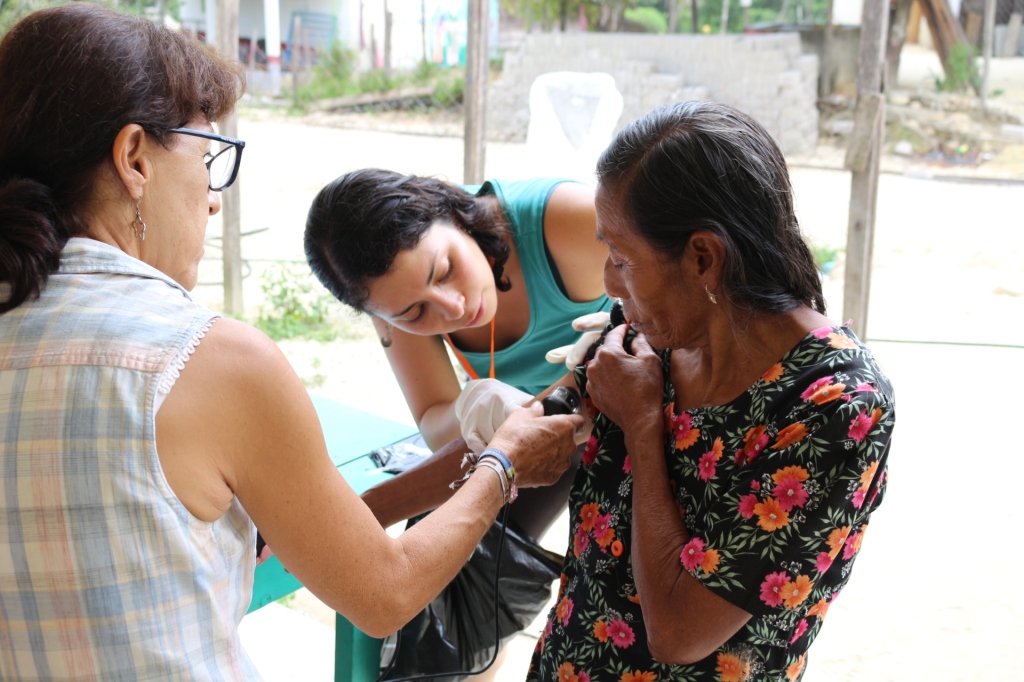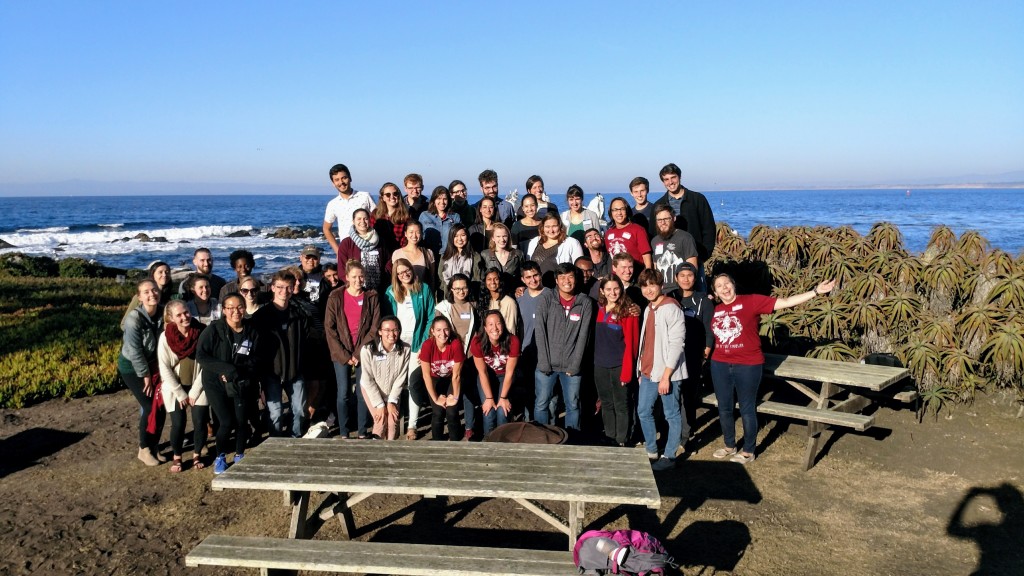Computational, evolutionary and human genomics at Stanford



- Event Report
- Fellows Features
- Modeling & Theory in Population Biology
- Press
- Research Summaries
- Uncategorized
This is the blog for the Center for Computational, Evolutionary, and Human Genomics at Stanford.
Latest Posts:
-
We sequence dead people
By Sandeep Venkataram – Modern humans have been evolving independently of our nearest living relatives, chimpanzees, for over 7 million years. To study our evolutionary history since this divergence, our major source of information is from the fossilized remains of our ancestors and closely related species such as Neanderthals. Physiological information from the remains can tell… Read more
-
Missing the forest for the trees: How frequent adaptation can confound its own inference
This post was written by Fabian Staubach. The neutral theory of molecular evolution assumes that adaptation is rare and that the effect of adaptation on linked variation, the so-called hitchhiking effect, typically has only little influence on the dynamics of molecular genetic variation. Because of this assumption, it is widely assumed that in most natural… Read more
-
Biology Thinks Big! Symposium great success
Jeremy Hsu is a graduate student in the Hadly lab. He writes about the Biology Thinks Big! Symposium which he organized. It was a great success. This post was previously published on the Hadly Lab blog. On Wednesday evening, we held the first Stanford Biology Thinks Big! symposium, where four Stanford faculty from across the biosciences… Read more
-
Uncovering functional variation in humans by genome and transcriptome sequencing
Tuuli Lappalainen is currently a postdoc in the Bustamante lab, but the work described here was done when she was working at the University of Geneva. In January 2014 she will start her own lab as a faculty member of the New York Genome Center. This post was previously published on Genomes Unzipped. In a paper published in Nature in September,… Read more
-
The fruit fly and its microbiome
This post was written by Philipp Messer. Although fruit flies are one of the most important model organisms in genetics, evolution, and immunology, surprisingly little is known about their associated microorganisms (their microbiome). This is even the more surprising if you consider that the microbiome can strongly affect quantitative traits in flies, for example their… Read more